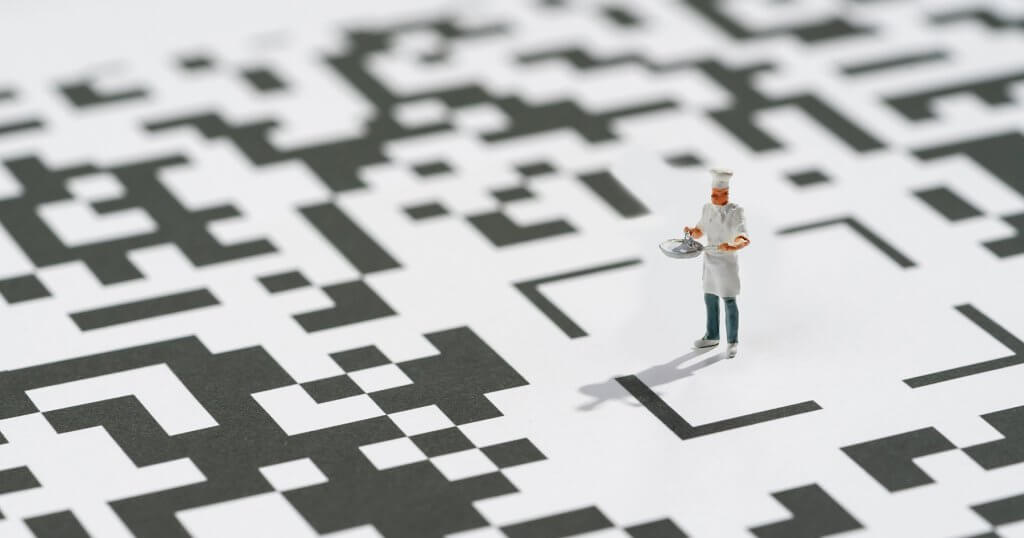As digitization reshapes the functional and operational outlook of the restaurant industry, major independents and franchisees alike are clinging to data in the hope that it’ll help them succeed in this modern business landscape.
NB: This is an article from Eat App
There’s just one problem: few stakeholders know how to extract meaningful insights from it.
For example, a modern POS system will present restaurant owners with metrics like the number of times an extra ingredient was requested. But if all you do after looking at this data is increase or decrease the stock you have for that ingredient, you could be missing out on a big chunk of revenue.
Subscribe to our weekly newsletter and stay up to date
That’s where data analytics can be a blessing in disguise.
With the competition for restaurant guests getting fiercer, analyzing the metrics and reports associated with your operations becomes integral to your role as the owner or manager.
With new technologies like POS integration, and the more tech companies in the space making APIs available, restaurant data is becoming useful for restauranteurs. What if you could use the frequency of special requests to engineer your menu, or If you could know why a certain day of the week attracts fewer customers?
With the right use of restaurant data analytics, you can.
Let’s take a closer look at what data analytics are, how they affect the various aspects of a restaurant, and how you can use them to increase your revenue.
What is Restaurant Data Analytics?
Put simply, restaurant data analytics is the process of analyzing every data point related to your business and converting them into meaningful insights, which can help improve everything from menus and staff straining to restaurant policies and marketing campaigns.
Unlike restaurant reporting, which involves looking at a compiled list of core metrics to compare sales and profits between specific periods, restaurant analytics allows you to do a deep dive into the numbers to better understand why your business is performing in a certain way.
So, if you want to know why a certain member of the staff is performing better than others, or why you get more orders for seafood entrees on Tuesdays, let your restaurant analytics take the lead.
Big Data and Restaurants
Big data basically refers to the large volumes of data that are constantly being generated by the software solutions a restaurant has in place. For many, this begins with how a customer places an order and pays for their food.
Larger restaurants may even have 8 or more technology vendors on their payroll, which highlights the need to invest in a reliable analytics solution. Restaurants that operate on this scale, think Mcdonald’s scale, maybe looking at big solutions to understand and make use of the huge amount of data they generate.
In contrast, small and independent restaurants shouldn’t need to stress over big data, as they’re unlikely to have multiple software vendors on board. In short, they most likely don’t generate enough data.
For them, it’s better to concentrate on finding usefulness in the data their POS is currently producing. With that said, restaurants of all sizes are generating more data than ever before, which makes data analytics an exciting space to explore.
How Restaurants Can Gather Guest Data
As mentioned earlier, restaurants are constantly creating bucket loads of data, which, if used correctly, can prove to be a gold mine for a restaurant’s success. The question that then comes is – what tools can restaurants use to gather this data and organize it properly so that it can be analyzed and used for decision making?
The growth of digitalization has lead to an influx of systems that support restaurants with this very task. Of course, you can still stick to the pen & paper technique to keep a record of your guest data, but that will only get you so far. Advanced online tools like reservation systems help restaurants easily & efficiently gather detailed guest data including personal details, preferences, allergies, and more, along with various restaurant performance analytics and customer breakdowns that provide a comprehensive and holistic image of the restaurants’ overall performance and enable data-backed decision making.
POS systems are also another great source of data for restaurants. Keep track of average ticket size per customer, most popular dishes, and more through the data available through the POS to make better menu and pricing decisions. A few reservation systems also allow a cross integration with your POS, giving you access to advanced data all in one place.
In addition to POS integration, some advanced reservation systems like Eat App also include a built-in automation system that triggers automated tasks to run on auto-pilot based on a personalized set of criteria, like auto-tagging customers based on the number of visits, amount of spending, etc. Restaurant automation opens a treasure trove of data collection opportunities for restaurants that would not be possible earlier and helps them gain access to a richer, more accurate guest database and impactful information about restaurant performance that would be lost otherwise.





